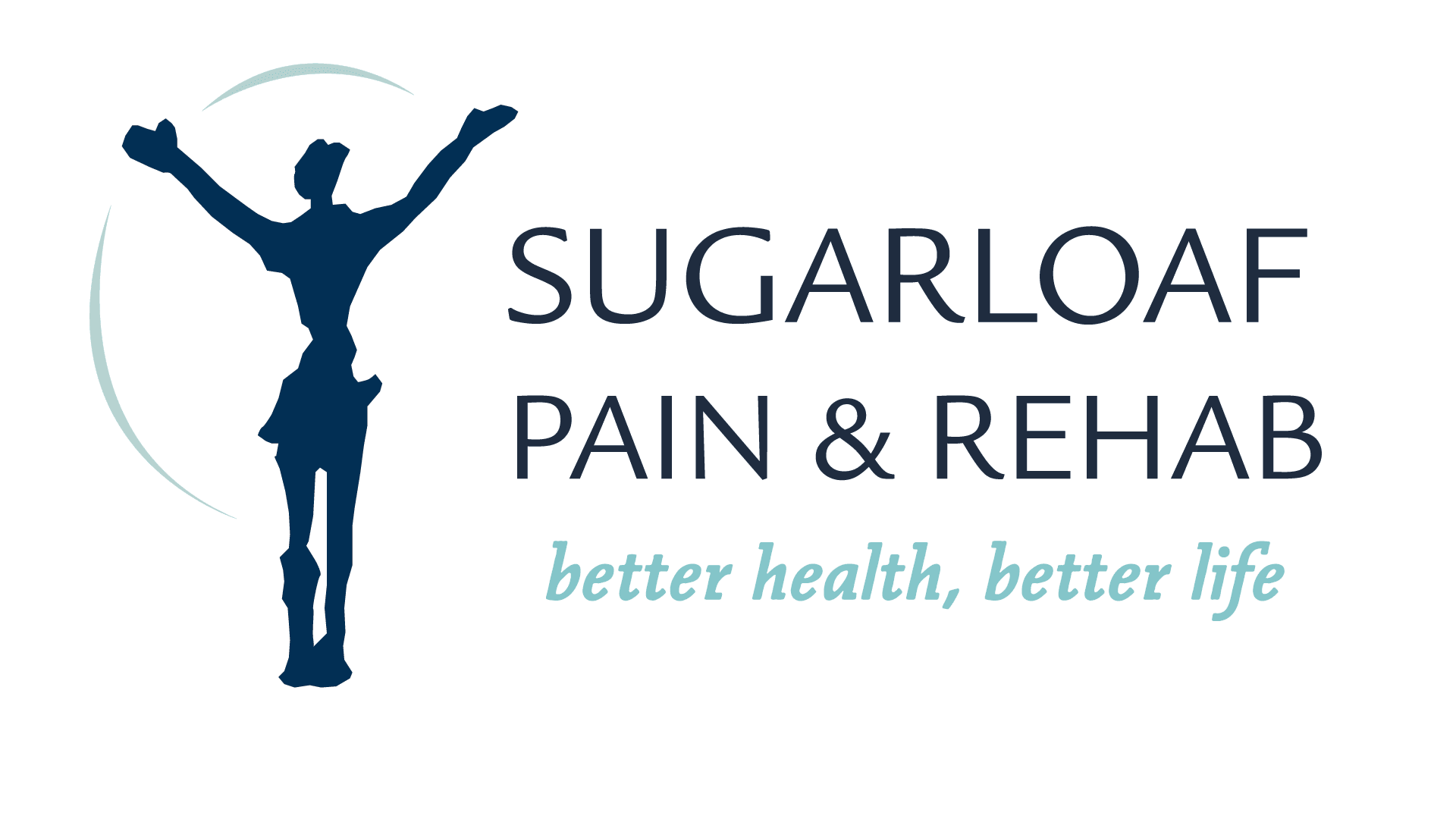
Class IV Laser
Laser therapy uses concentrated use of energy in the form of photons that will trigger regeneration and healing in the dysfunctional tissue at the cellular level. Of the available laser therapies, Class IV enables the deepest and necessary penetration that will provide the desired therapeutic outcome. Damaged tissue tends to be poorly oxygenated and often presents with swelling and inflammation. Laser therapy reduces the inflammation and swelling and provides noticeable improvement in pain and accelerated recovery in both chronic and acute conditions. Patients experience improved function and mobility.
Laser therapy, also known as photobiomodulation or low- Laser level laser therapy (Class IV), is a medical and therapeutic technique that uses low-intensity laser light to stimulate or promote healing and tissue repair. This type of therapy is non-invasive and can be applied to various medical and cosmetic purposes. Here are some key aspects of laser therapy:
Mechanism of Action: Laser therapy works by delivering specific wavelengths of light energy to target tissues in the body. This light energy is absorbed by the cells, which then leads to various biological effects. It can help increase blood flow, reduce inflammation, and stimulate cell growth and repair.
Medical Applications: Laser therapy has been used in a variety of medical fields, including:
- Pain Management: It is often used to alleviate pain and inflammation in conditions such as arthritis, musculoskeletal injuries, and nerve-related pain.
- Wound Healing: Laser therapy can promote the healing of wounds, ulcers, and burns.
- Dentistry: Dentists use lasers for procedures such as gum disease treatment, tooth whitening, and cavity removal.
- Ophthalmology: In this field, lasers are used for procedures like LASIK surgery to correct vision problems.
- Dermatology: Lasers can be used for various skin treatments, including the removal of tattoos, scars, and unwanted hair.
Cosmetic Applications: In the realm of cosmetic and aesthetic medicine, laser therapy is used for procedures such as laser skin resurfacing, skin rejuvenation, and hair removal. It can help improve the appearance of the skin and reduce the signs of aging.
Safety: Laser therapy is generally considered safe when administered by trained professionals. It is non-invasive and does not involve the use of surgical instruments or incisions. However, it is essential to use the appropriate laser equipment and settings to prevent adverse effects.
Types of Lasers: There are various types of lasers used in therapy, each with specific properties and wavelengths. Some common types include diode lasers, Nd:YAG lasers, CO2 lasers, and Erbium lasers. The choice of laser type depends on the intended application and the desired effects.
Duration and Frequency: The number of laser therapy sessions required varies depending on the condition being treated. Some acute issues may require only a few sessions, while chronic conditions may need ongoing treatment.
Side Effects: Side effects of laser therapy are typically minimal and may include mild discomfort, redness, or swelling at the treatment site. These effects usually subside quickly.
It’s important to consult with a healthcare professional or specialist to determine if laser therapy is an appropriate treatment for your specific condition and to ensure that the therapy is administered safely and effectively. Additionally, the effectiveness of laser therapy can vary depending on the individual and the condition being treated, so outcomes may differ from person to person.
